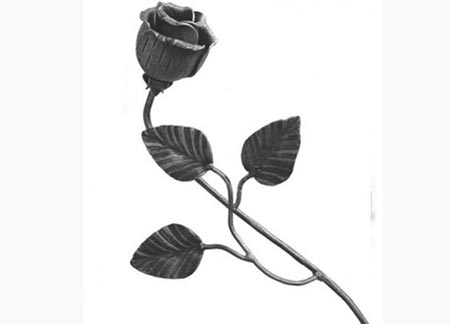Which is better cast iron or wrought iron?
Views: 489 Update date: Aug 30,2024
The choice between cast iron and wrought iron depends on the intended application, as each material has its own advantages and disadvantages. Here’s a comparison:
Advantages:
- Casting Ability: Can be easily cast into complex shapes.
- Compression Strength: High compressive strength, making it suitable for heavy loads.
- Wear Resistance: Good resistance to wear and abrasion.
- Cost-Effective: Generally cheaper to produce than wrought iron.
Disadvantages:
- Brittleness: More brittle than wrought iron, which makes it prone to cracking under tension.
- Less Ductile: Not as malleable, limiting its ability to be formed or welded.

Advantages:
- Ductility: Highly ductile and malleable, allowing for easier shaping and welding.
- Tensile Strength: Stronger in tension compared to cast iron.
- Corrosion Resistance: Generally more resistant to corrosion than cast iron, especially in certain environments.
Disadvantages:
- Cost: More expensive and labor-intensive to produce due to the manufacturing process.
- Limited Shapes: Cannot be cast into complex shapes as easily as cast iron.
Conclusion
- Use Cast Iron when you need durability, wear resistance, and the ability to form complex shapes, such as in engine blocks, pipes, and cookware.
- Use Wrought Iron when you require strength, ductility, and a material that can be easily shaped or welded, such as in gates, railings, and decorative items.
Ultimately, the “better” material depends on your specific needs and the environment in which the material will be used.
Prev News: Is Rod Iron the same as wrought iron?
Next News: How do you fix a wrought iron fence?
